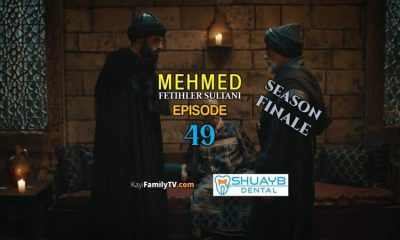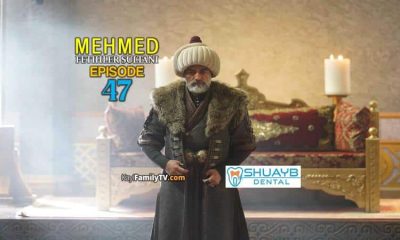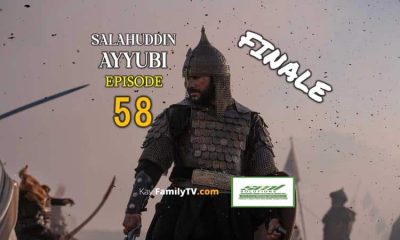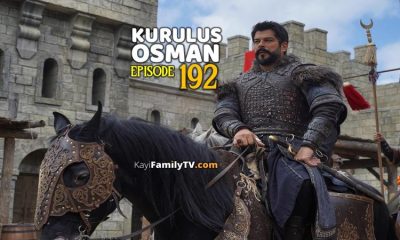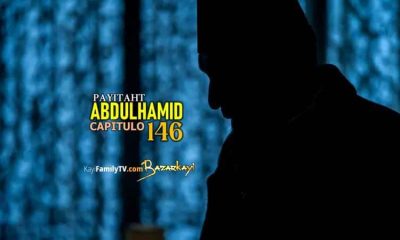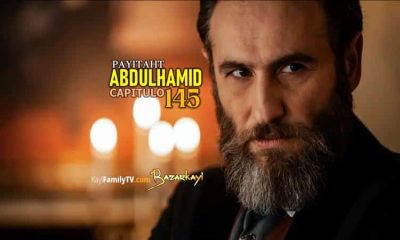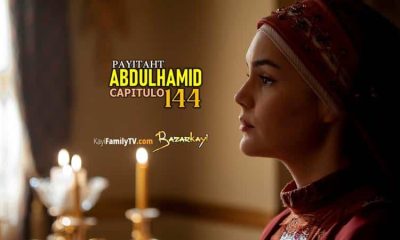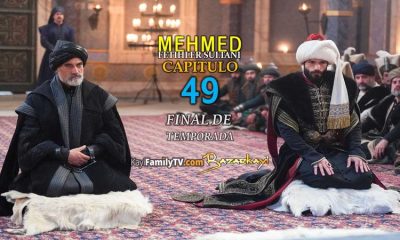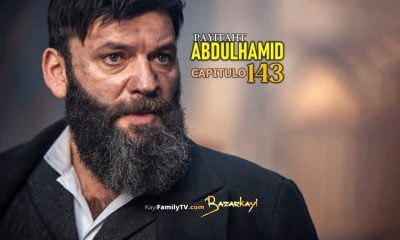VIDEOS
ZAMZAM TOWER
WHAT IS ZAMZAM TOWER HIDING BEHIND IT?
When you see in Makkah, that already its mountains are with holes (pierced through them), and you see that the buildings have already surpassed over the tops of the mountain, then know that the command (of the Hour) has already cast its shadow over you (or the matter is close at hand).
[Narrated by Al-Azraqi in the Book of reports about Makkah – Kitab Akhbaar Makkah, Hadiyth-1724]
When you see the belly of Makkah will be cleft open and through it will be dug out river-like passages (i.e. tunnels) (or water in the road to Makkah), and you see the buildings surpass its mountains, then take care (or beware, or a variant has: then know that the matter is at hand, or then understand that the time of trial (Judgment day) is near at hand).
[Narrated by Al-Azraqi in the Book of reports about Makkah – Kitab Akhbaar Makkah, Hadith-1725;
Nu`aym b. Hammad in Kitab al-Fitan 1:43 no. 59 (with its chain);
Ibn Hajar al-Asqalani in Fath al-Bari: Kitab al-Hajj, Bab ayna yusalli al-zuhra yawma al-tarwiya, and he sourced it to al-Fakihi’s Tarikh Makkah;
[Ibrahim al-Harbi in Gharib al-Hadith]
The Hadith has both literal and metaphorical implications. The metaphorical implication is that the Hour has already cast its shadow means that the Hour is approaching
When the Mecca Clock Tower was built in 2012, it reached, or even surpassed, the mountain tops of Mecca. And, the Hadiyth says that when you see the buildings in Mecca reach (or surpass) the mountain tops, then the Hour has already cast its shadow, i.e. this is a sign that the Hour is near (close by).
The Clock Tower is also called Burj as-Sa’ah, one of the meanings of as-Sa’ah is the Clock. The Clock Tower actually casts its shadow over the Kaba. So, in a literal fulfilment of the prophecy, as-Sa’ah (the Clock) has already cast its shadow (over the Kaba).
Translation Notes
Hadith = Hadith = record of the traditions or sayings of the Prophet Muhammad (ﷺ)
Qiyamah = The Resurrection Day according to Islam
Mahdi = (in popular Muslim belief) a spiritual and temporal leader who will rule before the end of the world and restore religion and justice.
Zamzam = a well in Kaba whose water is considered holy water from this well, zamzam, name of a celebrated well at Mecca
Awliyah = (Islam) a divinely inspired leader; saint
Masjid al-Haram = A mosque that surrounds the Kaaba in Mecca
Majhool = a type of large, sweet date (= the fruit of various types of palm tree), orginally grown in Morocco. Muslims traditionally break their fast with it.
Sunnah = the traditions and practices of the Prophet, Muhammad (ﷺ)
Ayah = A verse of Qur’an
Azan = the Muslim call to ritual prayer made by a muezzin from the minaret of a mosque
Bairam = Islamic festival
Tawaf = the ritual of circumambulating the Kaaba seven times as part of the hajj in Mecca.
Disclaimer:
This content is provided and hosted by a 3rd party server.
Sometimes this servers may include advertisments.
KayiFamilyTV.com does not host or upload this material and is not responsible for the content.
VIDEOS
Holy Redemption
Holy Redemption documentary.
“This is a group of racist fascists who are willing to do anything to impose Jewish supremacy”
TRT’s latest investigative documentary “Holy Redemption” exposes Israel’s colonial mindset and a well-coordinated agenda between state actors and armed Jewish gangs.
HOLY REDEMPTION
ALTERNATIVE
VIDEOS
Mehmed Fetihler Sultani Zikr Scene
Mehmed Fetihler Sultani Episode 7 Zikr Scene
VIDEOS
Gassal Woman
Interview with Gassal Woman (Dead Body Bather Woman)
”I do not understand… Why are they afraid of me? Fear the incoming Azrael.
Let us fear the answers we will give to my Allah.But they are afraid of me.”
”I am not afraid of death but I am afraid of my deeds.”
One of the most important video on KayiFamilyTV site. Please watch until end and imagine your death!
Gassal Woman










